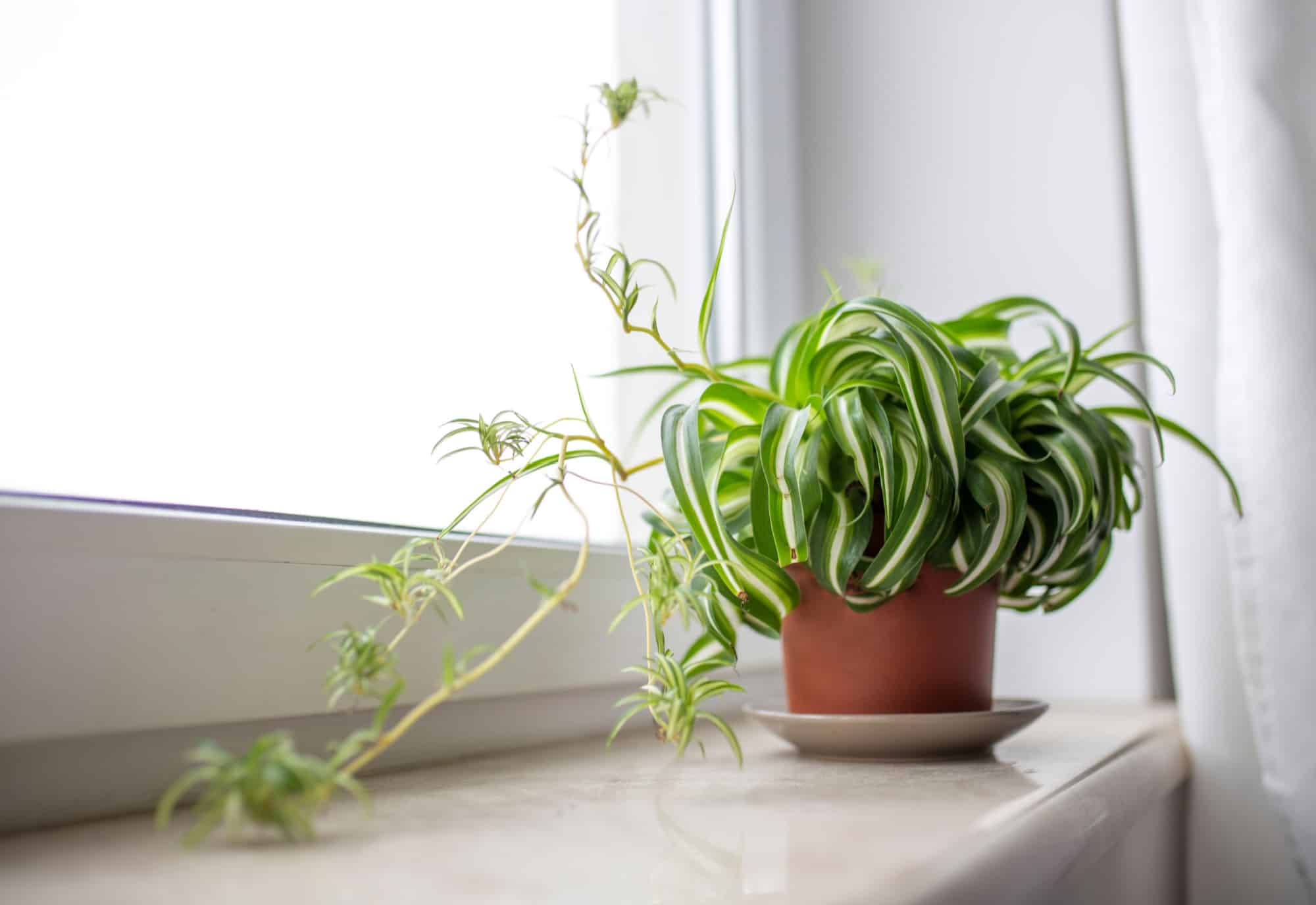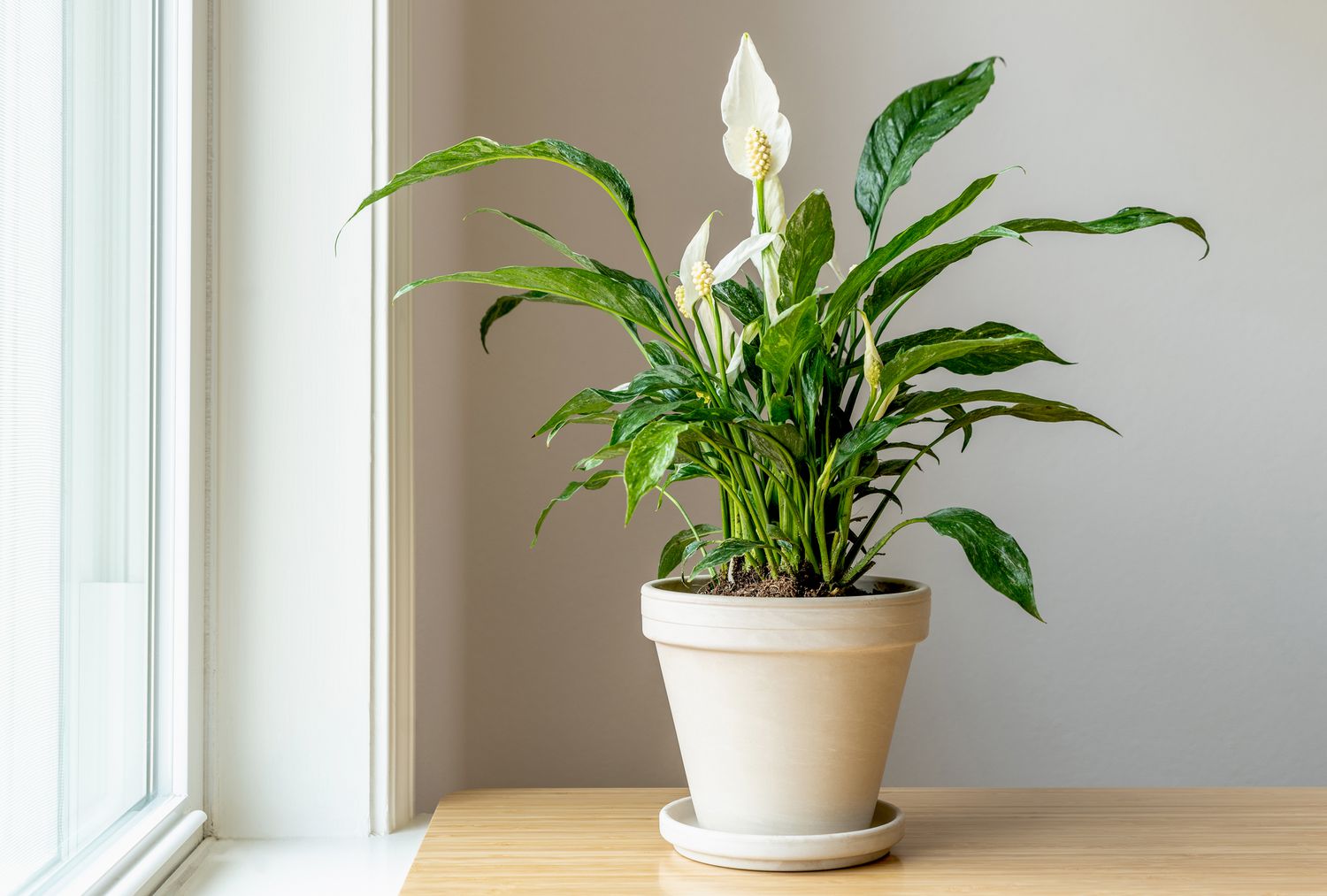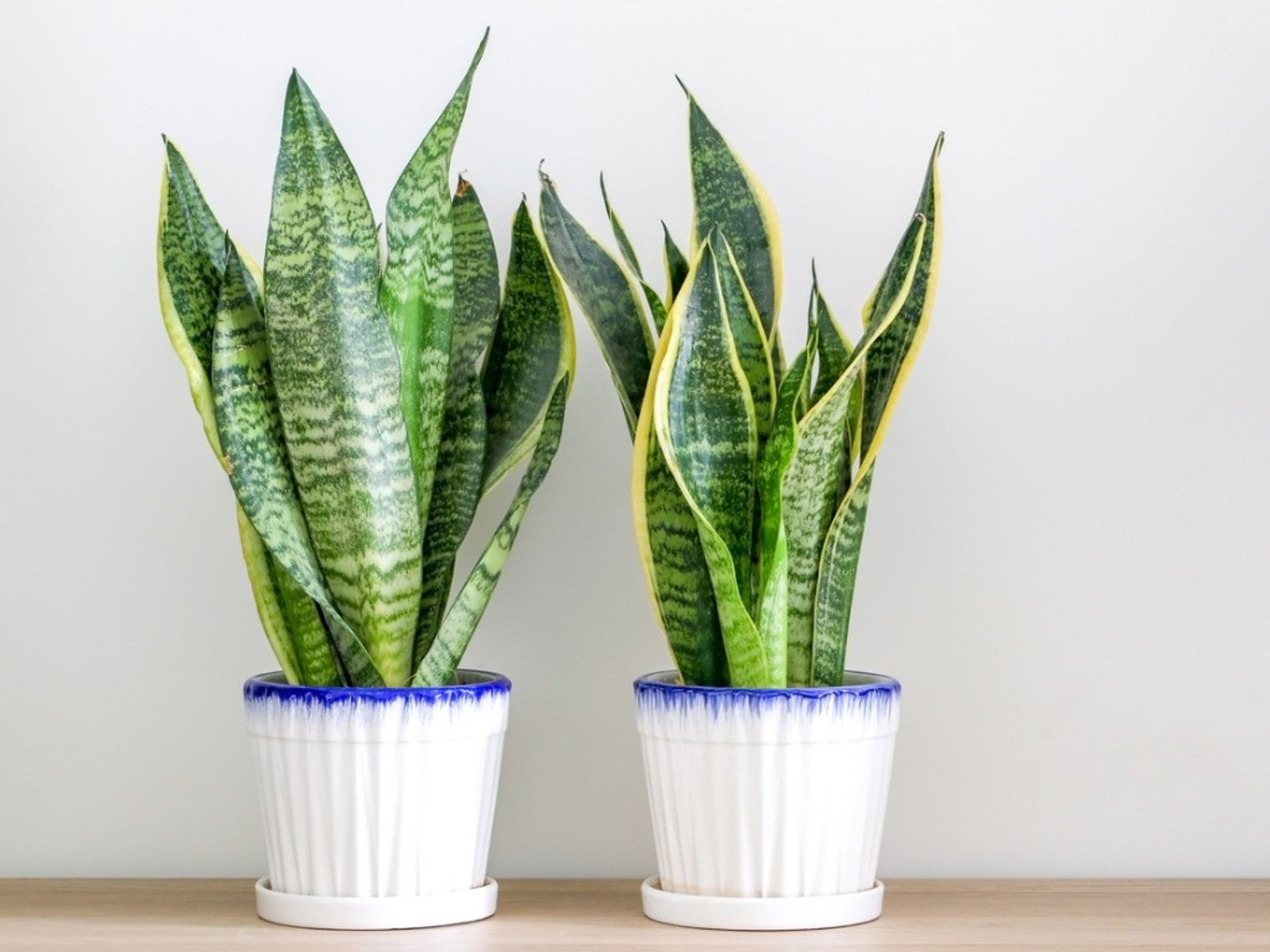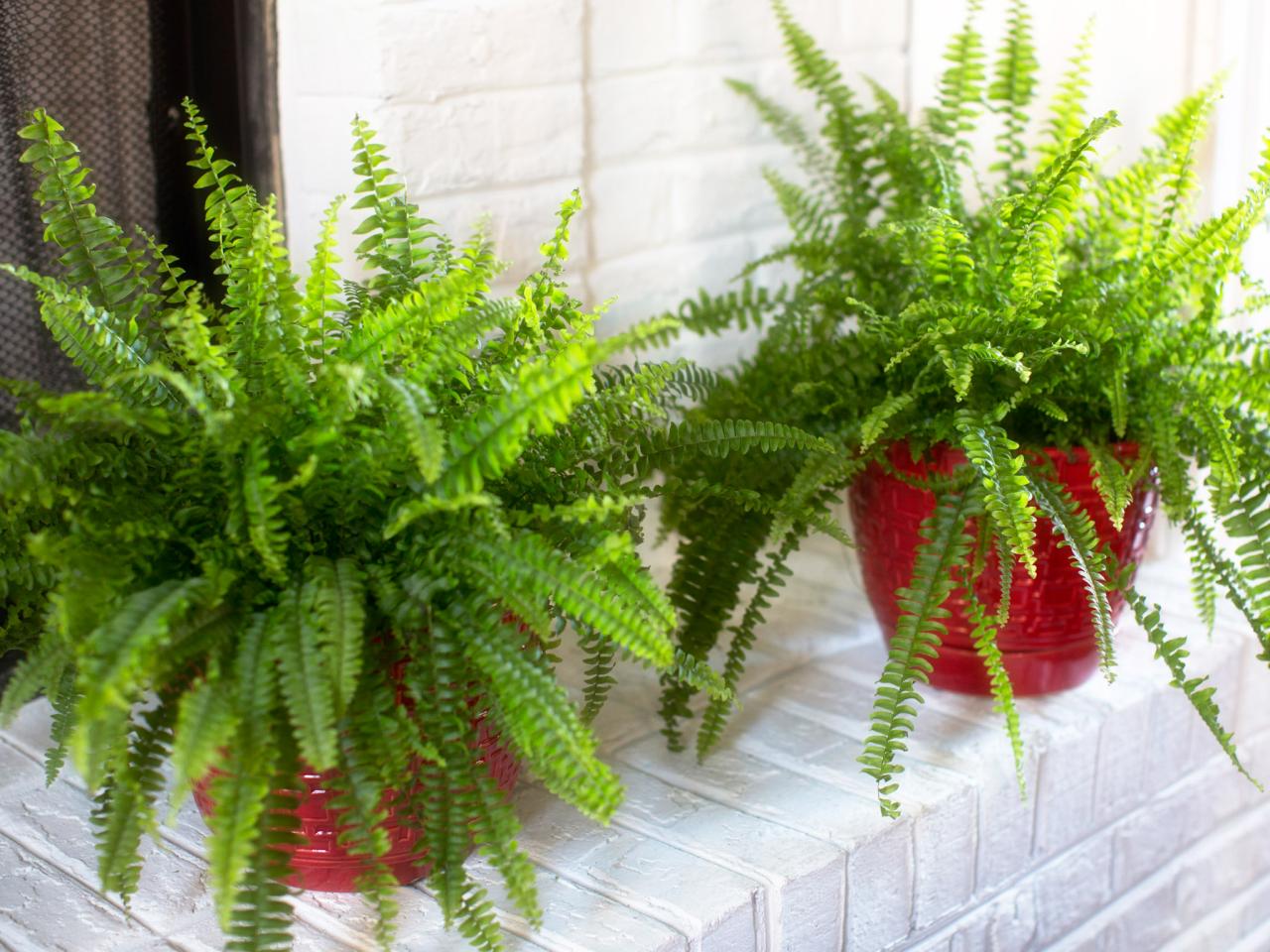8 Easy-To-Care-For Indoor Plants For Better Health
Discover the transformative benefits of indoor plants for better health. From purifying the air to reducing stress and enhancing overall well-being, explore the positive impact of incorporating green companions into your living spaces.
Author:James PierceReviewer:Karan EmeryMar 06, 2024497 Shares31K Views

Plants in the home have been trendy lately. House plants are not only nice to look at, but indoor plants for better healthare also a thing. It may be especially helpful during times of stress to take care of a plant because it can make you feel calm. A systematic study and meta-analysis from 2022 found that having plants in your home can help with stress, blood pressure, focus, and schoolwork.
Any plant is good for the soul and can help your mental healthand emotional health, but these are the ones that experts say are the best.
Spider Plant
Spider plants, scientifically known as Chlorophytum comosum, boast remarkable ease of cultivation, making them an ideal choice for individuals seeking low-maintenance greenery. Their resilient nature allows them to flourish with minimal attention and investment on your part.
The distinct feature of spider plantslies in their slender leaves, while their name stems from the elongated trailing stems that give rise to small plantlets, bearing a vague resemblance to spiders, as elucidated by the University of Wisconsin-Madison Division of Extension.
Beyond their aesthetic appeal, spider plants contribute to an enhanced indoor environment by serving as natural air purifiers. NASA conducted research exploring the efficacy of various houseplants in filtering pollutants from the air.
The findings revealed that these plants play a crucial role in reducing toxins. Notably, spider plants exhibited an impressive capability, eliminating 95% of toxic formaldehyde from the air within a sealed Plexiglas container over 24 hours, according to the study.
Peace Lily
Peace lilies, classified under the genus Spathiphyllum, are renowned for their beginner-friendly characteristics, making them an excellent choice for novice gardeners uncertain about their plant-tending abilities.
Numerous studies highlight their positive impact on indoor air quality, further enhancing their appeal. Research indicates that peace lilies play a role in removing carbon dioxide(CO2) and the volatile organic compound (VOC) formaldehyde from the air. Additional studies have suggested their ability to reduce the overall concentration of VOCs in indoor environments.
However, a note of caution is warranted. Despite their botanical grace, peace lilies contain calcium oxalate, a substance that can cause irritation to the stomach and respiratory tract if ingested in substantial amounts, as noted by the Old Farmer’s Almanac. Therefore, it is imperative to keep them out of the reach of children and pets.
In terms of care, peace lilies exhibit versatility, thriving in medium to low-light conditions, with the added benefit of more prolific flower production in bright, indirect light. Maintaining a delicate balance with watering is essential; avoid overwatering while ensuring the soil remains consistently moist to promote optimal growth.
Golden Pothos
The golden pothos (Epipremnum aureum) stands out not only for its aesthetic appeal, characterized by cascading vines and heart-shaped leaves but also for its reputation as a natural air purifier, adding both beauty and functionality to indoor spaces. Extensive studies underscore its air-purifying prowess, with one investigation revealing its effectiveness in reducing indoor ozone levels.
Additionally, similar to the peace lily, research highlights the golden pothos's capacity to remove volatile organic compounds (VOCs) from the air, further enhancing its value in creating a healthier indoor environment.
However, it's crucial to exercise caution, as the golden pothos, like its botanical counterparts, contains oxalate, a substance identified by the Pet Poison Hotline as potentially harmful to pets if ingested.
For those seeking a low-maintenance green companion, the golden pothos prove to be an excellent choice, accommodating even those with sporadic watering habits. While it thrives on neglect to some extent, it's important not to overwater, striking a delicate balance that ensures its well-being without unnecessary saturation.
Elephant Ear Plant
For enthusiasts seeking a more engaging and visually striking houseplant experience, the elephant ear plants come highly recommended by horticulture experts like Cromer. These botanical wonders belong to a category of tropical, perennial plants distinguished by their expansive, heart-shaped leaves, instantly capturing attention with their distinctive allure.
Creating an ambiance of lush greenery, these plants thrive in bright light and require regular watering to maintain optimal soil moisture, demanding a bit more attention but offering a rewarding connection for those willing to invest time in their care.
The grandeur of elephant ear plants is not to be underestimated, as they have the potential to attain considerable size, necessitating ample space to accommodate their growth. Beyond their ornamental appeal, certain species within this group have culinary significance, with their edible starchy tubers serving as a dietary staple in specific tropical regions.
Expanding their utility, the leaves of elephant ear plants have historical applications in traditional medicine, noted for their effectiveness in treating insect stings.
Snake Plant
Contrary to its ominous moniker, the snake plant, scientifically identified as Sansevieria trifasciata var. laurentii and colloquially known as "mother-in-law's tongue," is anything but intimidating. With its towering green leaves reminiscent of graceful swords, this succulent exudes an aura of elegance that seamlessly integrates into any indoor space.
Beyond its aesthetic charm, the snake plant offers tangible benefits to your indoor environment, having earned its place among the select plants examined in NASA's study for their air-purifying capabilities.
Caring for a snake plant is a straightforward yet rewarding endeavor. Thriving in warmer temperatures, it appreciates a cozy spot within your home. While bright, indirect light is deemed optimal by the Old Farmer's Almanac, the snake plant exhibits adaptability, tolerating even a shadier corner with grace, albeit at a slightly slower growth pace.
The key to its well-being lies in allowing the soil to dry out between waterings, showcasing its resilience and ability to flourish with minimal intervention.
English Ivy
English Ivy (Hedera helix), commonly spotted outdoors, also thrives as an appealing houseplant. Research indicates its effectiveness in reducing carbon dioxide and formaldehyde levels in controlled environments. Moreover, this versatile plant serves as a natural filter for volatile organic compounds(VOCs) such as benzene, xylene, and toluene, demonstrating its capacity to enhance indoor air quality by reducing pollutants and even mitigating mold presence.
However, a word of caution prevails for pet owners, as English Ivy is known to be toxic to cats and dogs, as highlighted by the ASPCA.
Caring for English Ivy is straightforward. Optimal conditions include bright indirect light, and it is advisable to use containers with good drainage. When it comes to watering, a thorough approach is key - saturate the soil and then allow the top layer to dry out before the next watering, as recommended by the Clemson Cooperative Extension.
Succulents And Cacti
Succulents and cacti stand out as resilient and low-maintenance green companions that flourish with minimal attention. Renowned for their drought-resistant nature, these plants require infrequent watering, only when the soil has completely dried out.
Beyond their hardiness, succulents and cacti offer a diverse array of shapes and sizes, providing a versatile and visually appealing means to adorn your living space while simultaneously contributing to air purification.
The decorative potential of these plants extends beyond aesthetics; certain varieties, such as the jade plant, have the unique ability to increase humidity levels in a room, adding a practical dimension to their ornamental charm.
Notably, Aloe vera plants, a subset of this botanical category, go beyond mere visual appeal. Renowned for their medicinal properties, Aloe vera plants serve as a natural remedy, effectively aiding in the healing of cuts, burns, and various skin ailments.
Fern
Delving into the world of lush greenery, the Boston Fern emerges as a captivating specimen that has piqued the interest of none other than NASA, showcasing its unique prowess in air purification. While the connection between space exploration and plants may elude us, the endorsement from NASA underscores the Boston Fern's exceptional abilities.
Positioned as a veritable powerhouse, this fern stands out for its remarkable proficiency in filtering out compounds such as plastics, formaldehyde, and smoke from the air.
The enchanting foliage of the Boston Fern plays a magical role in this process, as its bushy leaves absorb and transform these potentially harmful substances into materials that fortify the plant's growth and well-being.
Beyond its air-purifying capabilities, the Boston Fern brings an element of ease to its caretakers, recognized for its reputation as an effortlessly manageable plant. Beyond its visual charm, this fern introduces soothing forest vibes into your home, creating a serene ambiance.
How Indoor Plants Benefit Your Health?
Beyond their role in air purification, indoor plants contribute significantly to various aspects of human health, fostering holistic well-being.
- Stress Reduction-Extensive research links the presence of plants to a reduction in stress levels. Residing in greener environments has been associated with a lower risk of depression, aggression, cardiovascular disease, and anxiety disorders. A noteworthy study involving young men demonstrated that tending to live indoor plants not only lowered blood pressurebut also induced feelings of comfort and tranquility, surpassing the effects of mundane computer tasks.
- Enhanced Comfort and Positive Attitude - Environments adorned with numerous plants, whether in offices or hospital wards, correlate with increased perceived comfort. This botanical abundance is linked to lower blood pressure, improved psychological states, and a positive attitude among both employees and patients.
- Improved Attention and Concentration - A study involving elementary school students revealed that exposure to live plants significantly improved attention and concentration levels, along with heightened feelings of comfort. This effect surpassed the impact of fake plants, pictures of plants, or the absence of plants altogether. Moreover, green environments have been shown to aid in concentration restoration, even benefiting children with attention-deficit/hyperactivity disorder (ADHD).
- Humidity Regulation -Indoor plants play a dual role in maintaining indoor humidity, benefiting both the plants and our respiratory systems. By increasing humidity, plants contribute to mucous membrane hydration, crucial for safeguarding the human body against bacteria, viruses, and allergens. This inherent ability of plants to regulate humidity adds a vital dimension to the overall health benefits they offer.
People Also Ask
What Indoor Plants Are Good For Humans?
Bamboo, aloe vera, figs, and Boston ferns are some of the plants that Garvey suggests. Take it easy. A study from 2015 found that taking care of indoor plants made people feel less stressed and improved their health. Getting close to plants lowered the activity of the sympathetic nervous system and the diastolic blood pressure.
What Is The Healthiest Indoor Plant?
- Lavender
- Golden Pothos
- Orchid
- Snake Plant
- Aloe Vera
- Fern
- Rosemary
Which Indoor Plant Gives More Oxygen?
The Areca palm not only makes the air more humid, but it also makes more oxygen than any other household plant. The Areca Palm is unique because it can clean the air and get rid of harmful substances from the surroundings.
Do Indoor Plants Really Help?
A study by NASA found that plants could clean the air in a small, enclosed space. Other research has shown that plants can get rid of dangerous gases like formaldehyde. These gases are known as volatile organic compounds or VOCs, and they have been linked to health problems for a long time.
Final Thoughts
Incorporating indoor plants into our living spaces goes beyond mere decoration. These green companions actively contribute to our well-being by purifying the air, reducing stress, enhancing comfort, improving concentration, and even regulating indoor humidity. The symbiotic relationship between humans and indoor plants creates a harmonious environment that nurtures both physical and mental health, making these botanical allies invaluable contributors to a healthier and more vibrant indoor lifestyle.

James Pierce
Author

Karan Emery
Reviewer
Latest Articles
Popular Articles


